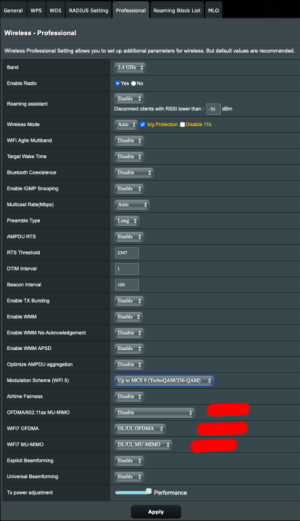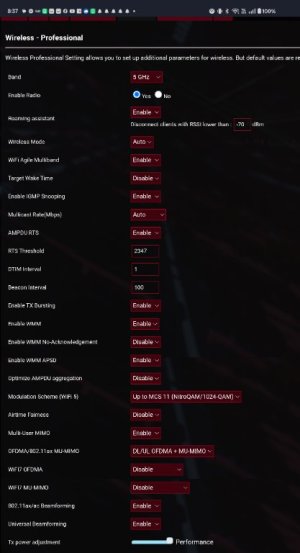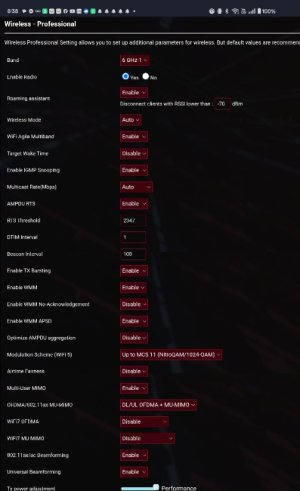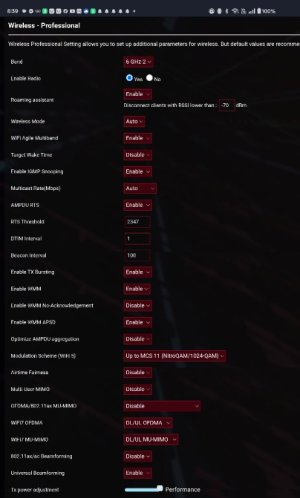I don't think the vendor SDKs are black boxes.So this one works better with Wi-Fi 7, MLO, single SSID, WPA2/WPA3, etc? This is a Qualcomm hardware set and mesh features are built in what they call Networking Pro platform. What is working there is actually coming from Qualcomm. In Asus case AiMesh is additional software on top of whatever Broadcom provided in their black box closed source software. Perhaps the main source of issues and slow fixing over time. I remember XT8 users were looking for stable firmware for like 2 years after release.
I believe (I haven't actually looked recently) AiMesh has been kept closed by ASUS but I don't think that's part of the board SDK.
Some of the kernel modules used for drivers (eg. WiFi) are binary only but the firmware is built mostly from source, you can see what's what by looking at the Merlin gitbub repository to see what the SDK is made up of, there are several versions of the SDK that have been added as support for newer models have been added.
I doubt the Qualcomm SDK is any different, they won't be contributing their WiFi 7 chipset driver source to the Linux kernel yet although I get the impression Qualcomm is more willing to contribute than Broadcomm.
But I digress ...





